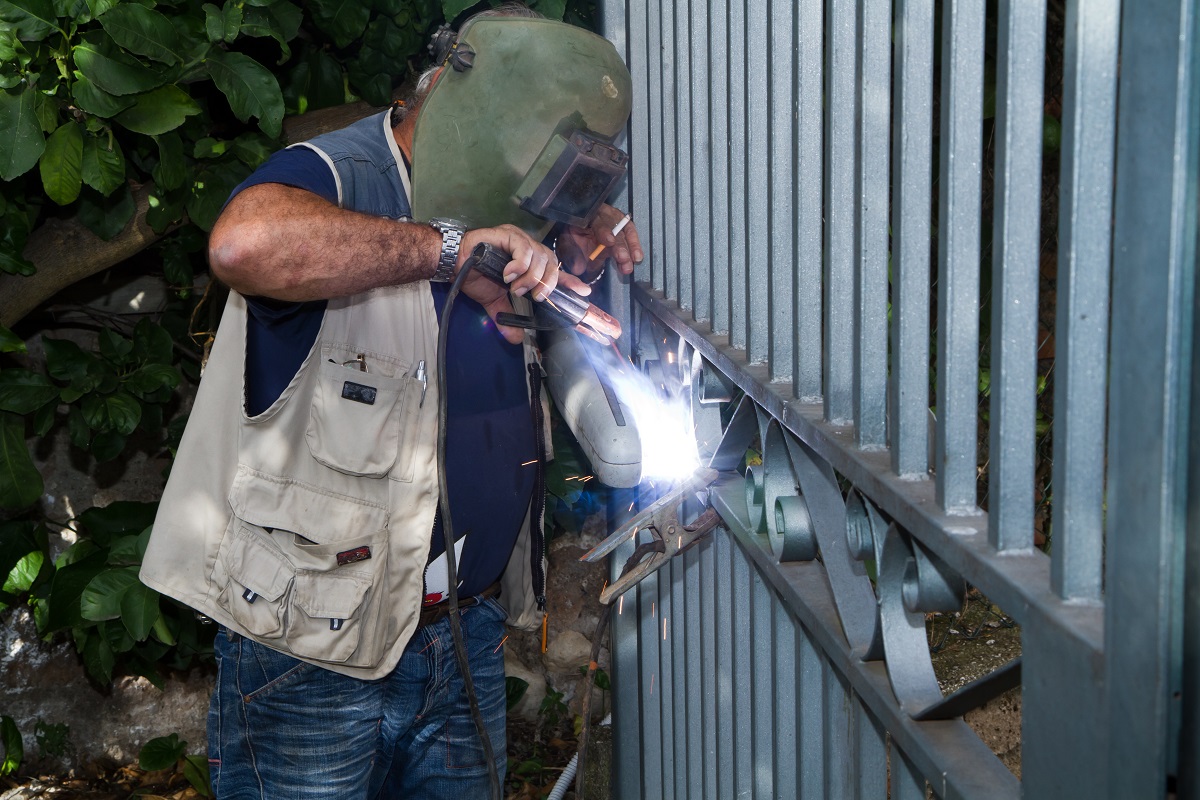The combination of heat, UV rays, infrared light, fumes, and harmful chemicals makes welding one of the most hazardous jobs. Not to mention, the constant brazing, cutting, and soldering. But it only takes safety precautions to make the welding working area safe for everyone.
1. Proper Welding Equipment
- Helmet. This one serves as protective gear against flash burn, UV rays, heat, and infrared light. Always ensure that the welding helmets properly fit your employees’ face and neck to avoid strain. A quality welding helmet is adjustable and well-balanced to provide maximum comfort.Involved in a welding process that requires high-amperage and continues grinding? Try the 3M Speedglas G5 01. This heavy-duty helmet is designed to adjust to the welder’s needs and situation. Featuring the 3M Speedglas Natural Color Technology, it provides a more realistic color. Its new duct system allows welders to direct the airflow to either their face or visor.
- Welding apparel. This includes jackets, caps, gloves, and safety glasses that protect welders from metal splatter, sparks, cut, and open flames. It is worn throughout the welding operation, so a Personal Protective Equipment (PPE) must be comfortable and flexible to adjust to the demand of the welding process.
- Welding respirator. This equipment prevents welders from inhaling toxic particles. By filtering fumes and harmful gas, it increases comfort. Made to fit the welding helmet, it allows smooth airflow.The two categories for welding respirators are the air-purifying respirator and atmosphere-supplying respirator. The former contains cartridges that filter contaminants in the air before it reaches the welder, while the latter uses a clean source to supply fresh air. Just choose the one that is most suitable for the job.
- Welding fume extractors. By pulling harmful particles produced through grinding, sanding, chemical spraying, and powder filling, this system utilizing fan purifies the air.A welding fume extractor requires a well-designed hood and proper airflow system that will allow fumes to get sucked away from the welding workstations to prevent them from spreading.There’s a variety of welding fume extractors that are related to the chemical and products involved in the welding process. Choose what is right for you.
- Heat stress equipment. Look for a cooling system that can lower the temperature in the working environment to maximize comfort and well-being. Due to the high-temperature of the welding arc and the protective clothing that traps heat in the body, welders are constantly exposed to intensive heat.Most of them are under heat stress, which greatly reduces productivity. It also puts them under heat-related hazards such as stroke, fainting, dizziness, and cramping.But with proper cooling equipment, you can mitigate the risks and negative effects of heat stress. A stress control plan can also help reduce your employees’ exposure to heat.
2. Hazard Assessment

The purpose of hazard assessment is to create a clean and safe environment for the employees. A rigorous inspection allows you to discover areas of improvement and potential problems that may go unnoticed. That may include hazardous areas, inefficiencies in production, and barriers in the welding process.
You can consult a professional hygienist to accomplish this. Or refer to OSHA’s Hierarchy of Controls which provides guidelines for hazard and safety assessment. The manual includes process modification, engineering controls, work practice controls, and personal protective equipment. That will help you organize your hazard assessment, so you know where to start with.
3. Training
Designed to enhance individuals’ knowledge and abilities, a training program leads to quality jobs and improved productivity. Create and develop a program for your employees that can help them adapt to new welding methods and technologies. If need be, consult a veteran welding specialist who can conduct training.
The training program may include changes to be implemented, new protective equipment, hazard solutions, and safety routines. Not only will it result in efficiency, innovation, but also in increased employee and customer satisfaction.
4. Communication
Communication involves sharing important information with management and employees. Are there changes and new policies as a result of the hazard assessment? Communicate it with the welders.
A frequent discussion creates a stronger bond and relationship within the working environment that leads to a higher sense of value and purpose. Also, it allows everyone in your company to align with your goals and values. Thus, eliminating errors, misunderstanding, and inefficient management.
Creating a safe and comfortable workplace for your employees is essential. They are the most valuable asset of your company, so their safety should come first. By following the best practices, you can prevent potential safety hazards within your working environment.
